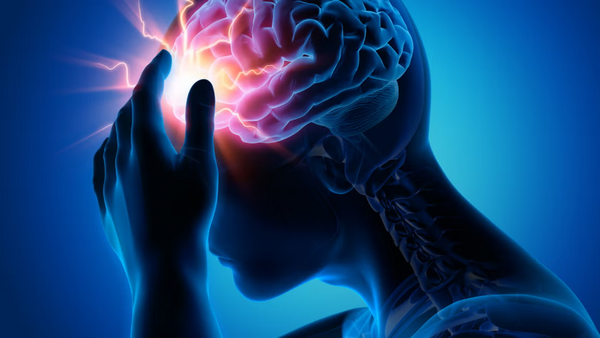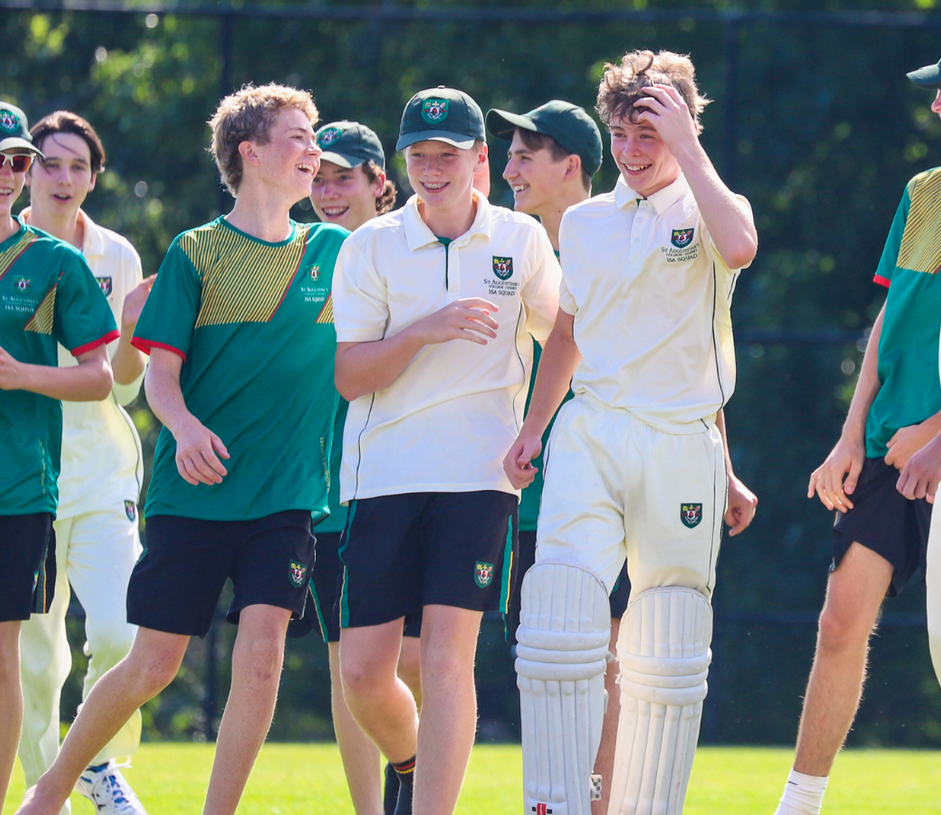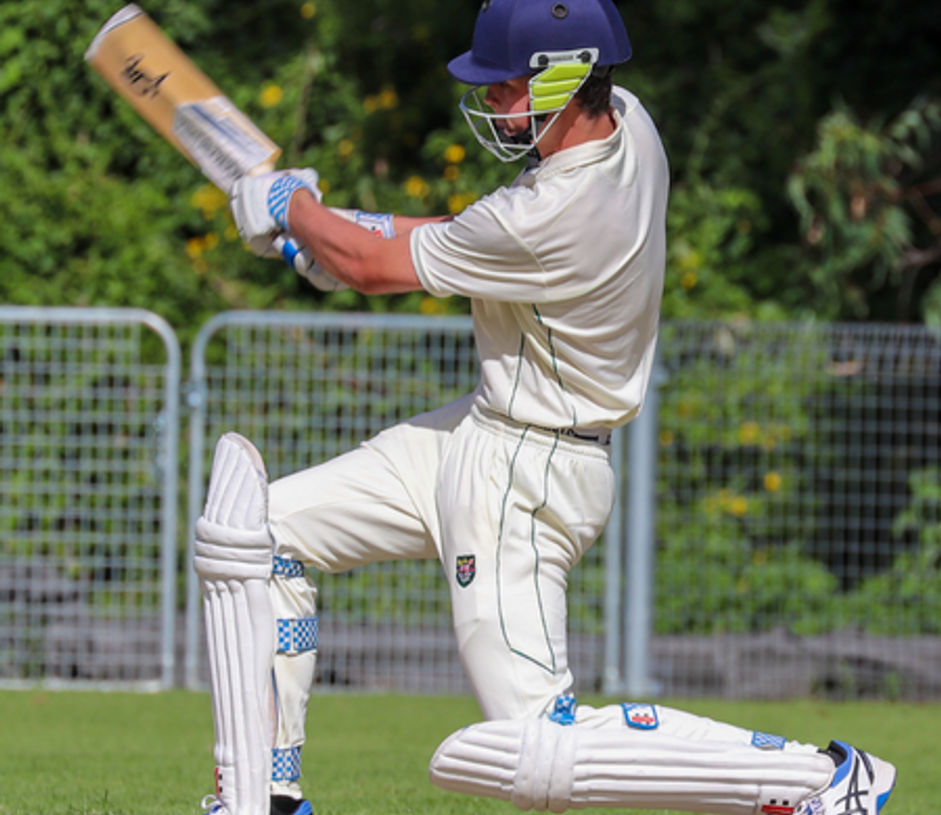Concussion
What happens when you get a headknock?
Our brains float in fluid inside our skull, so any blow to the head or heavy rotational force can cause the brain to hit against the bony shell of the skull.
This impact causes cellular, chemical and functional changes to the brain. These changes take time to settle and repair and adolescents need a greater time frame to repair in comparison to adults.
The amount of force received is not a predictor of concussion severity, small forces can result in major symptoms, and vice versa.
Who is more susceptible?
Unfortunately, we don’t know the answer to this one. No imaging or neurological testing can predict who is more prone to concussions, but what we do know is that yes, some people appear to be more susceptible.
What are the Signs and Symptoms of Concussion?
Each person will show different signs of a concussion, but be on the lookout for:
- Loss of consciousness
- Confusion / disorientation / memory loss
- Headache
- Dizziness
- Blurred vision or sensitivity to light
- Ringing in the ears
- Nausea
- Difficulty concentrating or mood changes.
How long does it take to recover from a concussion?
Some symptoms of a concussion will settle quickly, others may linger for days or even weeks.
Those who suffer from mental illness, migraines or multiple concussions can have delayed healing. Determining when complete healing has occurred remains the main issue due to lack of concrete objective measures. Even if symptoms such as headache settle a few hours after impact, the brain still needs a few weeks to fully recover. Concussion diagnosis is black and white, you either do or don’t have a concussion. Just because your symptoms settle does not mean you no longer have a concussion.
Stages of Recovery
Week One
Rest is important in the initial stages of recovery. This includes physical rest as well as mental rest. Studying, play station, playing games on a phone can delay healing.
Week Two (must be symptom free to start)
After a week of rest, and no further symptoms for most of the week, they can start a graded return to cardio exercise and resistance training (gym).
Week Three
Once medical clearance has been gained from a Sports Doctor, in Week 3 you can return to Sports Specific Drills including contact.
Preventing a concussion
Prevention should be the number one priority, closely followed by an adequate recovery time. Improving tackle technique in football codes is important. Unfortunately, headgear does not prevent concussion, equally solid bike helmets prevent skull fractures but not concussion.
Specific neck strengthening is helpful in football codes to optimize neck strength and minimize whiplash movements.
Chronic Traumatic Encephalopathy (CTE) is still poorly understood, but the link to multiple concussions that were not given adequate time to resolve before playing is potentially a risk. Hence the shift in the last decade to longer recovery times, particularly in children.
ISA Guidelines for Concussion
St Augustine’s falls under the ISA Guidelines for concussion which have been set by the Australian Institute of Sport (AIS) regardless of which sport is played.
These guidelines stipulate that if diagnosed with a concussion the player must be removed from the field of play and is not to return to the field that day. There is then a mandatory rest time in place for 21 days. This involves missing the following 2 weekends of sport and following the specified Graded Return To Play Program. It also involves review with a Sports Dr within 48hrs of the incident and then again around Day 14 to gain clearance for Return to Sport Specific Drills.
The only way to reverse a concussion diagnosis is via a Sports Physician, unfortunately not a GP.
St Augustine’s recognize that not every head knock is a concussion, while at the same time recognizing that if a concussion has occurred this needs to be taken seriously for the long term health of our students.





